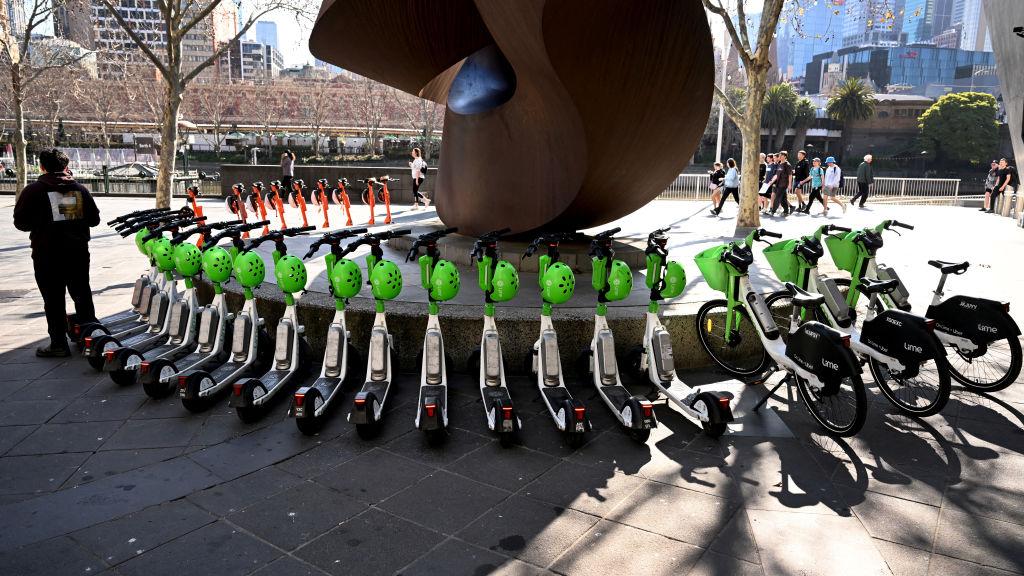Imagine a major international airport with rockets and satellites instead of planes and a commute 10 hours from the nearest major city. That’s the vision put forward by Space Centre Australia’s James Palmer as representatives from NASA and the Australian Space Agency gather in far north Queensland.
Planning is underway for Australia’s next spaceport at a site near the mining town of Weipa, about 800 kilometres north of Cairns on the Cape York Peninsula.





